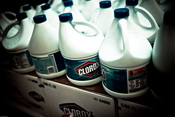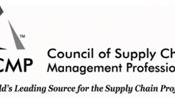�
Clorox case study
Introduction
Clorox is a large company that manufactures and markets consumer products. The US-based corporation had a revenue of $4.8 billion during the 2007 fiscal year and employs 8,300 people worldwide. Their products are manufactured in more than 24 countries and marketed in more than 100 countries. Clorox has grown six year straight now, but the company keeps expanding their merchandise to fuel this growth. This way of growing caused the number of underperforming products to grow as well. The SKU count of the Clorox has increased by 50% between 1998 and 2001 while the net profit margin decreased from 9.6% to 7.9% between 2000 and 2002. Research also revealed that 30% of the company's SKU were falling short of sales volume and profit goals. The sales department kept asking for more products and specials to meet the profit goals. On the other side, the supply chain staff was more concerned with "out of stock", inventory mix and customer service, which was under stress by the growth in merchandise.
The VP of Supply Chain at Clorox. John Sinclair, and his team had to find a smart way to keep growing in the competitive market the company is in. John Sinclair and the executive team have to develop a process for managing the SKU's that would not impact growth but make growth more profitable, all without causing internal alignment issues between the different departments.
SKU Rationalization
Because Clorox is in a downward spiral, it needs to develop solutions that will give the company a competitive edge and will make their products profitable again. One strategy Clorox should consider is SKU rationalization.
SKU rationalization is defined as an analytical process used to determine the merits of adding, retaining, or deleting items from a retailer's merchandise assortment. An...


